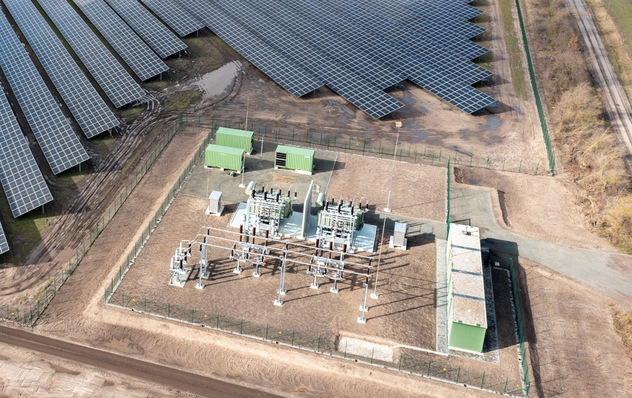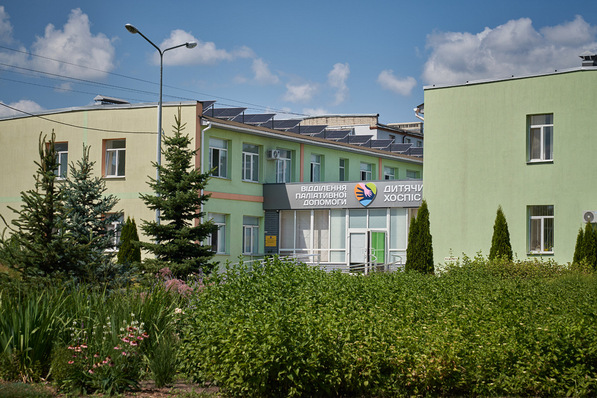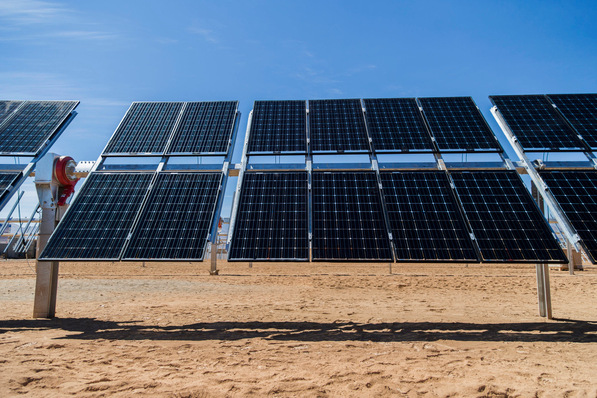In order to reduce greenhouse gas emissions to zero by 2050, annual global investment in the energy sector of five to seven trillion dollars is required, according to the study. However, the world currently invests less than two trillion dollars in the transition every year. Globally coordinated action could lead to savings of 50 trillion dollars by 2050, reducing the annual investment needed by more than 25 percent.
"Closing the financing gap is key to accelerating decarbonization and achieving the goals we agreed in Paris. The good news is: we have the solutions, we know the technologies, we have insight into the project pipeline and the finance sector has the resources. Now it's about making the projects bankable," emphasizes Prof. Dr. Bernhard Lorentz, Head of Sustainability & Climate at Deloitte Global Consulting, who authored the study. "At COP28, governments have the opportunity to work together to solve the challenges of the green transformation and, above all, to outline the next steps."
More green investments necessary in the global South
According to the authors of the study, green projects currently suffer from underfunding and the required returns, as private investors perceive green technologies as riskier compared to alternative investments. Governments, financial institutions and investors therefore need to work together to develop mechanisms to reduce the costs of these projects. What is needed are mixed, low-cost financial solutions that mobilize private investment and achieve economic growth and climate neutrality, especially in emerging markets.
Currently, less than half of green investments are made in the global South, mainly due to higher risks and stricter public budget constraints for energy transition projects. However, to achieve net-zero, almost three quarters of investments (70%) would have to be made in developing countries by 2030 alone, the Deloitte experts calculate.
Did you miss our latest newsletter for solar investors? Register here for free
"To further reduce the financial burden on the Global South, governments, financial institutions and international organizations must mobilize low-cost private capital for climate action. This can be achieved on the one hand by reducing investment risks and on the other by making greater use of blended finance and innovative financing structures," explains Hans-Jürgen Walter, Deloitte Global Sustainable Finance Leader. "Our studies show that, particularly in developing countries, the use of concessional financing could reduce the financing costs for the capital-intensive net-zero conversion by 40 percent."
Political, market and transformation-related barriers
Political, market and transformation-related barriers are still preventing the green finance gap from being closed. The authors of the studies have developed four actions that governments can take to remove policy barriers, limit risks and create an environment that encourages investment and makes the transition to net-zero more affordable.
A clearer, more strategic focus on climate action by actively updating energy transition policies.
The creation of a transparent and efficient regulatory framework for climate investments to reduce legal ambiguity and potential corruption. Governments should also understand the importance of green technologies and their applicability to energy-intensive sectors for setting appropriate targets and clear regulations.
Did you miss that? Accelerating the journey to net zero
Remove market barriers, especially the lack of sustainable and green markets against which investors can measure projects. For example, although green hydrogen is a viable energy carrier, there is not yet a global or local market for it, nor are there technological specifics and standards for its supply. This lack of clarity poses risks in terms of off-take, revenue and delays in construction/operation and makes it difficult for investors to provide the money needed to scale up this technology.
Understand that transformational barriers to green investment lie in infrastructure and labor potential. For example, countries with poor electricity infrastructure that rely on fossil fuels make investors doubt whether they can handle energy sources such as solar or wind power.
Did you read that? Global leaders tackle funding gap for sustainable development
In addition, efforts must be made to attract more skilled labor to install, maintain and replace green energy equipment. At the same time, it must be ensured that those working in the fossil fuel industry find viable, long-term employment opportunities as their existing jobs are phased out.
Necessary steps and tools
According to the report, successfully guiding investment in sustainable projects requires global leaders to prioritize the following:
Reducing risk for green projects:
Mitigating risk in the investment landscape can unlock the low-cost financing that makes the capital-intensive energy transition possible. For example, blended finance can both reduce project risk and facilitate the commercial flow of capital into green projects.
Bridging the cost gap between green and fossil fuels:
Key tools include introducing upfront investment support mechanisms for research and development and providing investment subsidies and/or operating premiums for green assets while penalizing the use of emissions-intensive assets.
Phasing out fossil fuels:
Eliminating fossil fuel subsidies and providing financial support for early phasing out their use, as well as facilitating job transitions for workers employed in the fossil fuel industry, will ensure that the transition does not adversely affect individuals and the economy as a whole. (hcn)








